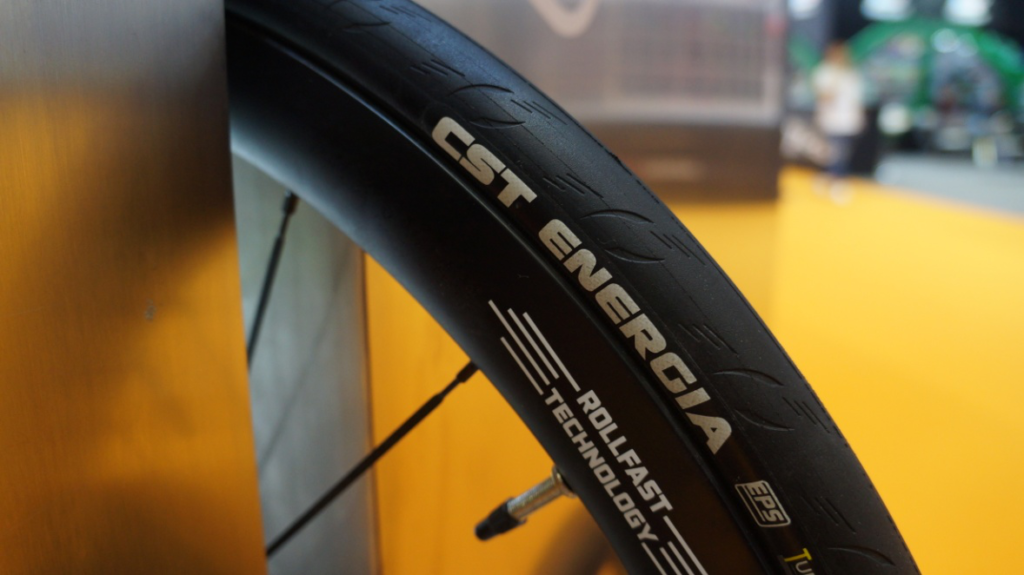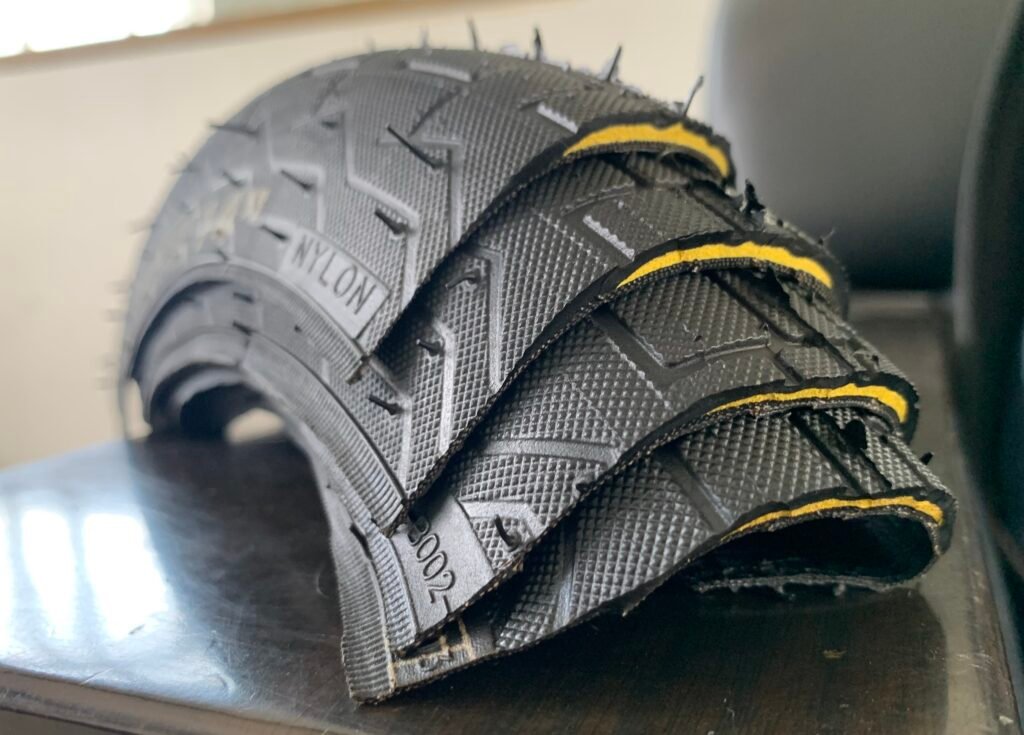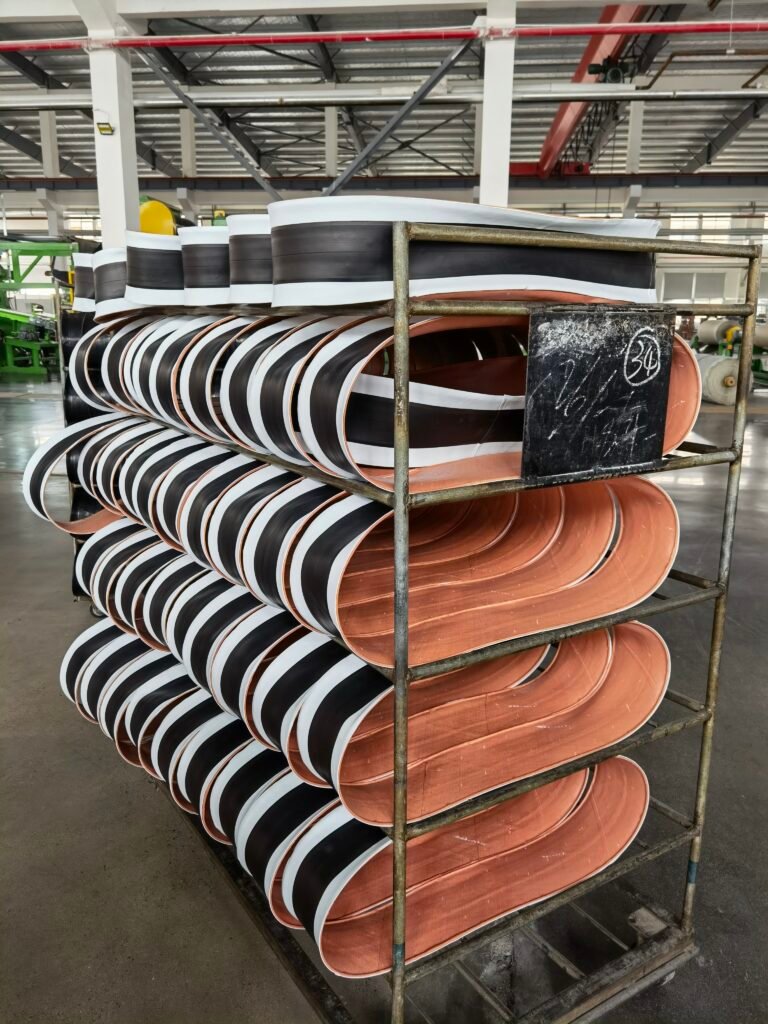As a cycling enthusiast, not necessarily everyone has the opportunity to have the opportunity of the top race like a professional driver, but at least you can arm yourself from the equipment and knowledge, for example, first understand the important knowledge points about the bicycle tire.
Although a small tire, has a very direct impact on riding, the right outer tire can let the driver add wings. But in the choice of the external fetus, but also pay special attention to some easy to confuse people “pit”, be careful not to step on oh!

1: The lighter the tire, the faster?
Answer: The lighter the tire is not necessarily the faster, the weight of the tire is just one of the influencing factors that make the tire faster.
The lighter the tire, the better the ride is true. In the climbing section, the lighter the tire, the climb will be relatively faster. However, when riding on a flat road, whether light or heavy tires, the impact on the speed is not different. Of course, some tires are light, but they also have relatively low durability.
Common tires on the market have open, tube, and vacuum tires. Although the tube tire has the characteristics of lightweight and good road sense, after the puncture, there will inevitably be too big holes, the tire fluid can not fill the problem. Although the open tire can overcome the above shortcomings, but sacrifice the sense of road and weight.

2: The wider the tire, the greater the roll resistance?
Answer: No.
The tire coming in contact with the ground creates a backward friction resistance, in the opposite direction of the bicycle moving forward, relative to the road surface. The larger the tire touches the ground, the greater the friction resistance, and the greater the power of the bike travels.
Take the road outer tire as an example, from the 23C outer tire popular in the early years to the current 25C outer tire, the width of the outer tire is increasing. In recent years, the number of 28C outer tire users has also been slowly increasing. Compared with 23C, 25C has lower roll resistance, better comfort, and better control, which is favored by more and more people. However, the wider the outer tire is not, the better, although the wider the outer tire is more comfortable, its air resistance will also increase accordingly. The performance of the 25C is combined with the tire optimization design to make the perfect balance of tire roller resistance performance and comfort.

[Tip] The “black technology” on the tire: The outer tire is not all made of rubber, there is a variety of fiber lining to improve the performance of all aspects of the tire. The higher the fiber density inside the tire, the lighter the tire is.
3: The deeper the tire pattern, the greater the roll resistance?
Answer: Yes. The pattern depth of the tire has a certain influence on the tire rolling resistance. After all, the deeper the pattern depth, the greater the energy the pattern consumes, but it is also affected by the speed and glue hardness.
But on non-paved off-road roads, deep mountain bike tires have more grip and ride more stable and faster. In addition, from the tire pattern, the horizontal groove grain is less, finer, lower than the groove thick, the pattern blocks large rolling resistance.

4: Bald tires have poor grip?
Answer: No.
Compared with the ordinary outer tire, the head tire is a larger grounding area and stronger grip. In general, bare tires use adhesive formulas with better grip.
Of course, when the road area is more water on rainy days because the surface of ordinary tires has lines, rain can be discharged through the lines, and the light head tire has no lines, so it will be compared with ordinary tires will be more slippery.
So there is an “improved version of the light head tire” on the market. The front adopts the light head tire design, but the “knife groove” pattern design on the side shoulder, which ensures the grip on sunny days, but also can break the blockade of the “water film” on the grip on rainy days, to ensure that the rider can lightning in various climate conditions.

5: The higher the tire pressure, the lighter the ride?
Answer: Yes, the higher the tire pressure, the lower the tire rolling resistance, the grip will decrease accordingly. However, this method is not applicable for soft roads.
Many of our friends riding road cars are still using the strategy of “open tire out tire pressure 120 start, tube tire out tire pressure 180 bottom”, but in fact, the tire pressure depends on the weight of the driver, the road conditions, the outer tire, and the maximum tire pressure and rim width that the wheel group can support. Excessive tire pressure may lead to decreased tire grip and decreased comfort during cycling. If the tire pressure exceeds the support range provided by the wheel group or the outer tire, it may lead to problems such as frying frames or flat tires.
Special reminder: the high and low air pressure used should meet the allowable wind pressure range of the tire edge (specifically refers to the high wind pressure), to avoid the use of safety problems caused by the wrong use of air pressure.
From www.biketo.com


